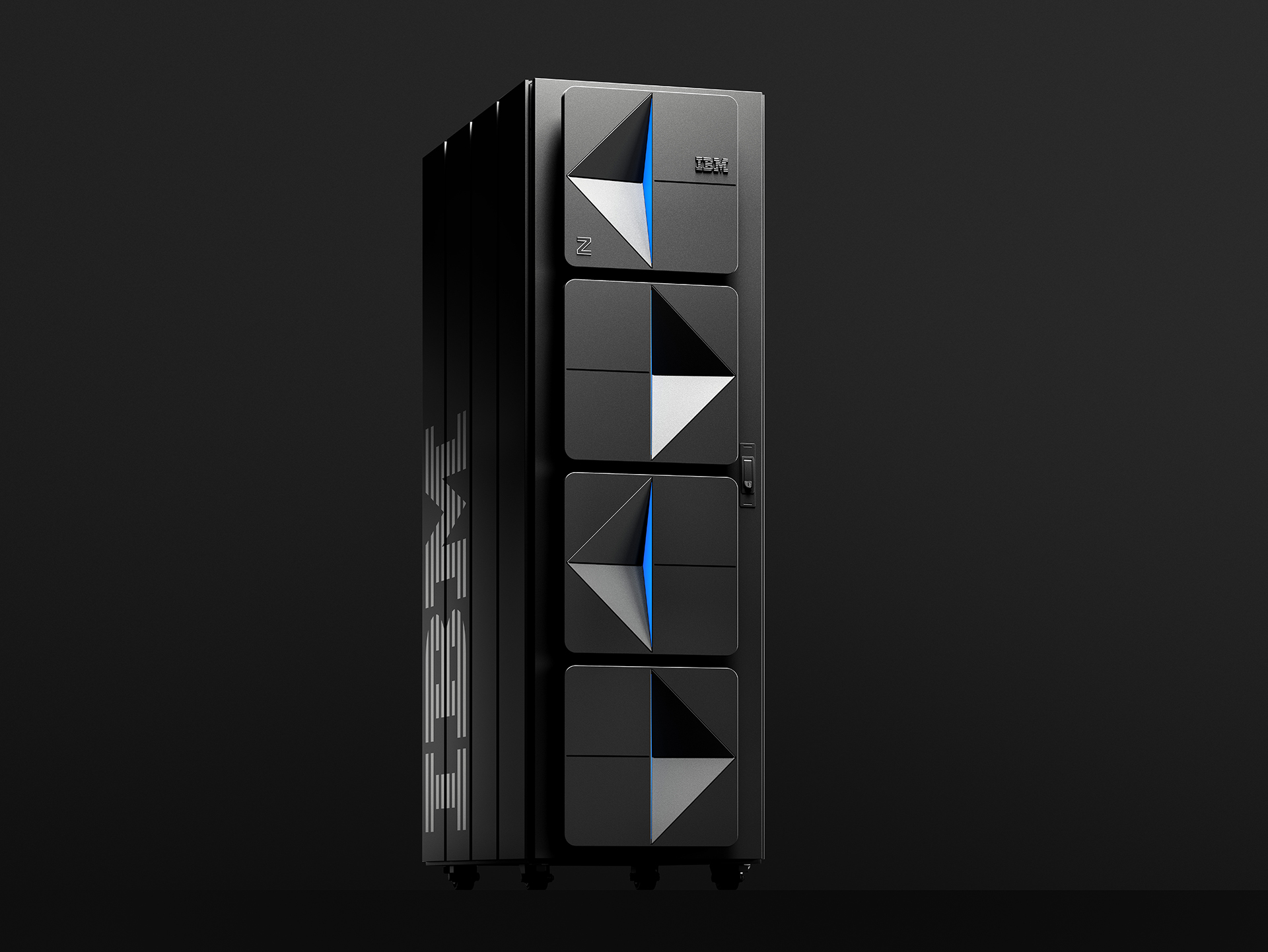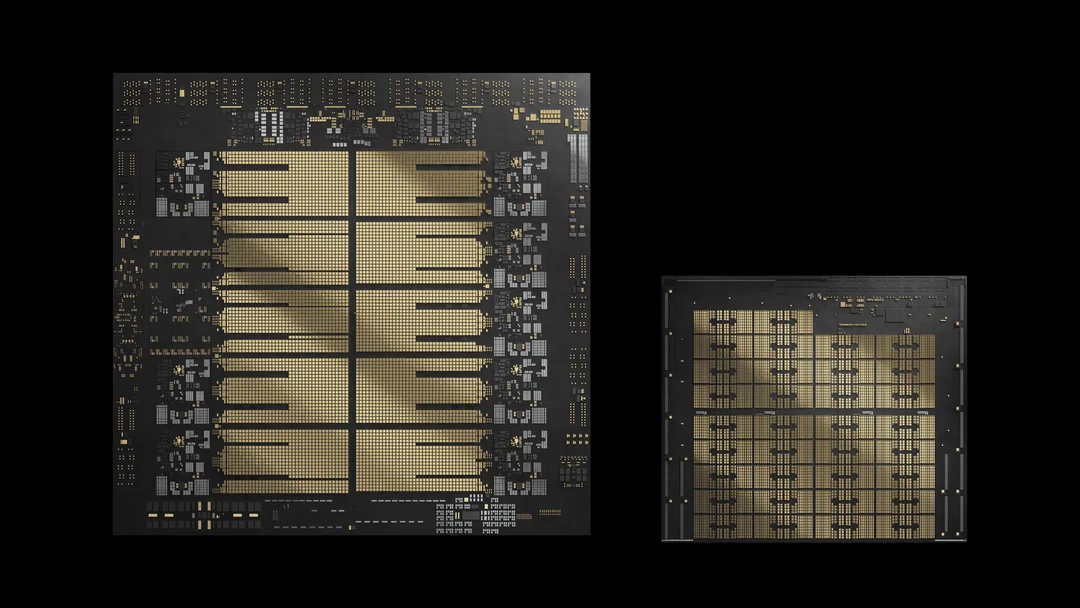
If you thought mainframes were extinct dinosaurs of a bygone age, there is a new IBM z17 mainframe out next month that promises to take on the latest fanciest job today – AI.
By integrating AI across hardware, software, and operations, it aims to provide the horsepower and security needed to carry out familiar AI tasks like fraud detection.
At the heart of the IBM z17 is the IBM Telum II processor, which has a second-generation on-chip AI accelerator. The z17 can handle up to 450 billion inference operations daily and a 1 millisecond response time, delivering 50 per cent more AI inference operations per day than its predecessor, the z16.
This enables businesses to apply AI-driven analysis to 100 per cent of their transactions in real time. So, very transaction can be assessed instantly, such as for fraud detection, managing chatbot services, or supporting medical image analysis, according to IBM.

In an announcement last week, Ross Mauri, the general manager of IBM Z and LinuxOne, said that building up AI’s infrastructure was key to its success.
“With z17, we’re bringing AI to the core of the enterprise with the software, processing power, and storage to make AI operational quickly,” he added.
“Additionally, organisations can put their vast, untapped stores of enterprise data to work with AI in a secured, cost-effective way,” he noted.
Designed for hybrid cloud environments
The z17 is designed to integrate into hybrid cloud environments, and will launch with z/OS 3.2 (IBM’s upcoming operating system optimised for AI workloads), NoSQL databases, and hybrid cloud data processing.
In addition, IBM Z Operations Unite, launching in May, will unify performance metrics and logs using open telemetry standards, providing an AI-driven command centre for system operators.
AI agents and assistants will be embedded into z17, and IBM’s watsonx Assistant for Z used to provide AI chat-based incident detection and resolution through live systems data.
In a further step toward AI integration, IBM introduced the Spyre Accelerator, a PCIe card expected in the fourth quarter this year. It is designed to bring generative AI capabilities to the mainframe.
As you’d expect, the new mainframe from IBM is built to be secure. The z17 incorporates IBM Vault, a secrets management solution from HashiCorp that uses identity-based security to authenticate and authorise access to secrets, certificates, keys, tokens and other sensitive data.
The z17 also uses natural language processing to automatically classify sensitive data, and IBM Threat Detection for z/OS works to detect and identify potentially malicious anomalies that might be due to a cyber-attack.




